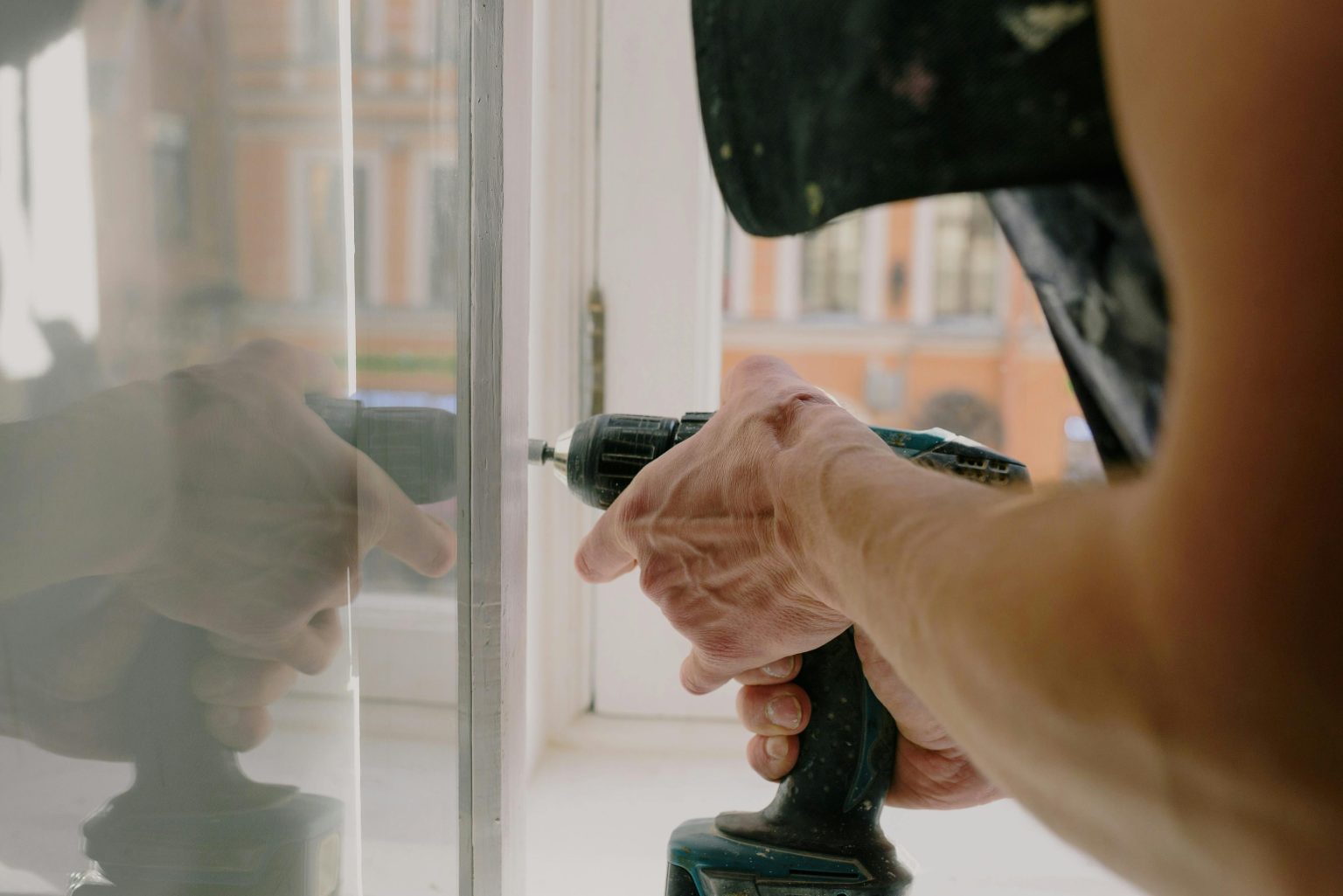When it comes to improving your home’s comfort, energy efficiency, and overall appearance, installing new windows is one of the most impactful upgrades you can make. Whether you’re replacing old, drafty units or adding new windows as part of a renovation, understanding the process of home window installation is essential. From choosing the right windows to preparing your home and selecting a professional installer, this guide covers everything you need to know before getting started.
Understanding the Importance of Quality Windows
Windows play a crucial role in your home’s function and design. They let in natural light, provide ventilation, enhance your curb appeal, and contribute to your home’s insulation. High-quality windows can significantly reduce your heating and cooling costs by minimizing drafts and blocking heat transfer. Additionally, modern windows offer advanced features such as UV protection, noise reduction, and easy cleaning mechanisms.
If your current windows are difficult to open, show signs of condensation between panes, or have noticeable drafts, it might be time to consider new ones. Not only can this boost your home’s energy efficiency, but it can also increase its value and improve your daily living experience.
Choosing the Right Type of Windows
One of the first decisions you’ll face is selecting the type of windows that best suit your needs and style. There are several options available, each with its own set of advantages. Double-hung windows, for instance, are traditional and versatile, allowing both the top and bottom sashes to move. Casement windows open outward with a crank and offer excellent ventilation. Sliding windows are ideal for tight spaces, while picture windows provide unobstructed views but do not open.
Material choice is another important consideration. Vinyl windows are affordable, low-maintenance, and energy-efficient. Wood windows offer a classic look and excellent insulation, but require more upkeep. Fiberglass and composite windows combine durability and performance, often with a higher upfront cost.
The Window Installation Process
Proper installation is just as important as choosing the right window. A poorly installed window can lead to air leaks, water damage, and structural issues. The installation process typically begins with a thorough inspection and measurement of the existing window openings to ensure an accurate fit. This step is critical for ensuring that the new windows perform optimally and look seamless.
Once measurements are complete, the old windows are removed carefully to avoid damaging the surrounding structure. The opening is cleaned and prepped, and any repairs to the frame or surrounding materials are made as needed. Flashing and insulation are added to create a watertight and energy-efficient seal. The new window is then fitted into place, leveled, and secured. Finally, trim and sealants are applied to finish the job and create a clean appearance.
DIY vs. Professional Installation
While some homeowners may consider installing windows themselves, professional installation is generally recommended. Window installation requires specialized tools, skills, and an understanding of local building codes. A professional installer can ensure the job is done correctly the first time, reducing the risk of costly mistakes or safety issues.
Hiring a licensed and insured contractor provides peace of mind and often comes with warranties that protect your investment. Be sure to research local companies, read reviews, and request multiple quotes. Ask about the installer’s experience, certifications, and warranty details before making your decision.
Preparing Your Home for Installation
Before installation day, there are several steps you can take to make the process go smoothly. Clear the area around the windows, both inside and outside, to provide the installers with easy access. Remove curtains, blinds, or other window treatments, and take down wall decorations near the windows. You may also want to cover furniture and flooring to protect them from dust and debris.
It’s a good idea to confirm the schedule with your installer and discuss any concerns ahead of time. Depending on the number of windows being replaced, the process can take a few hours to several days. Be prepared for some noise and disruption, and plan accordingly if you have pets or small children.
Post-Installation Considerations
Once your new windows are installed, a final inspection should be conducted to ensure everything is functioning properly. Check that all locks, latches, and moving parts operate smoothly. Look for any gaps or incomplete caulking and make sure the area is clean and free of debris.
You should also receive information about caring for your windows. Regular cleaning and maintenance will help them last longer and perform better. If your windows are under warranty, keep all documentation in a safe place in case you need service in the future.
Doing a home window installation is a major home improvement project that offers long-term benefits in comfort, efficiency, and value. By understanding your options, preparing properly, and choosing a skilled professional, you can ensure a smooth process and enjoy your new windows for years to come. Whether you’re replacing a single window or upgrading your entire home, taking the time to do it right will pay off in more ways than one.


